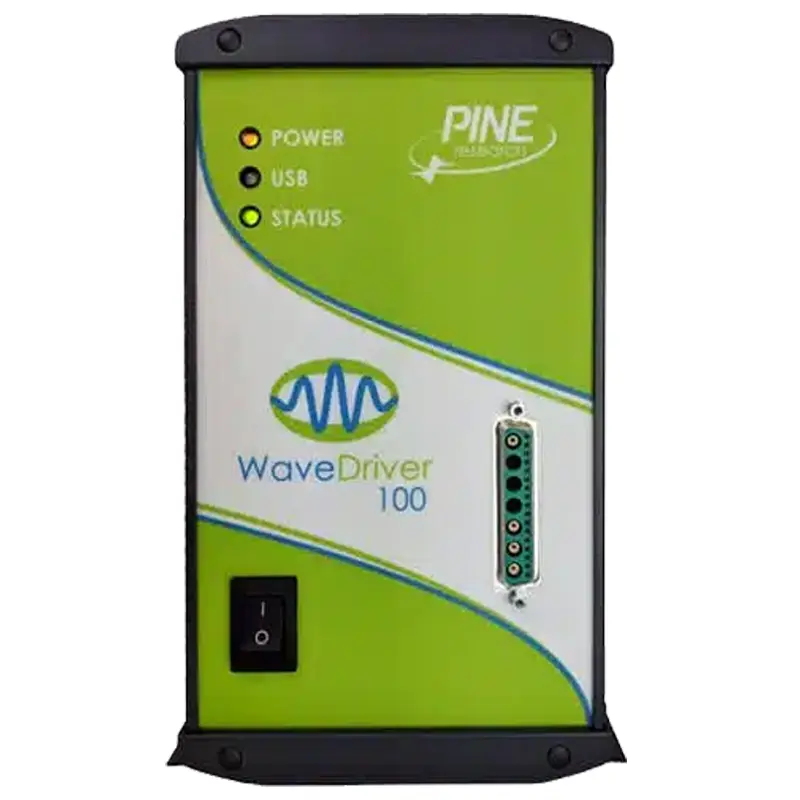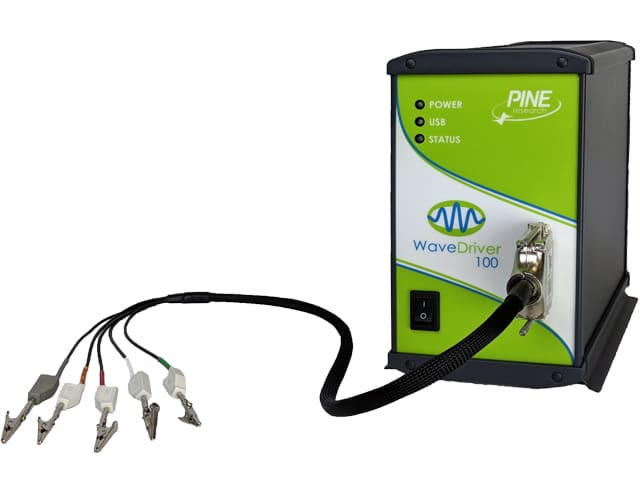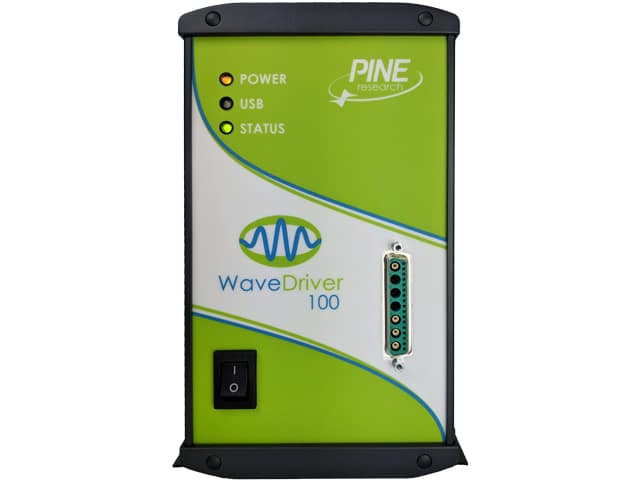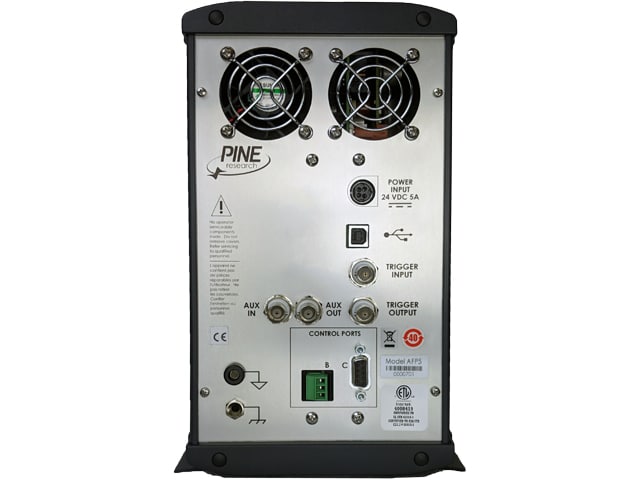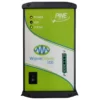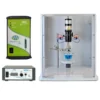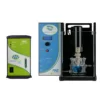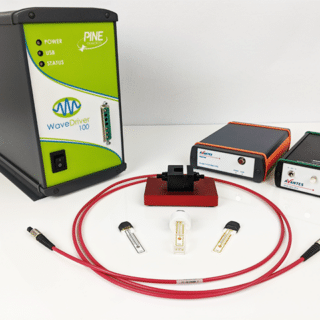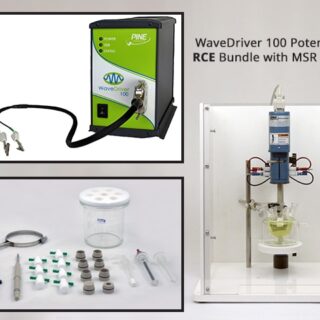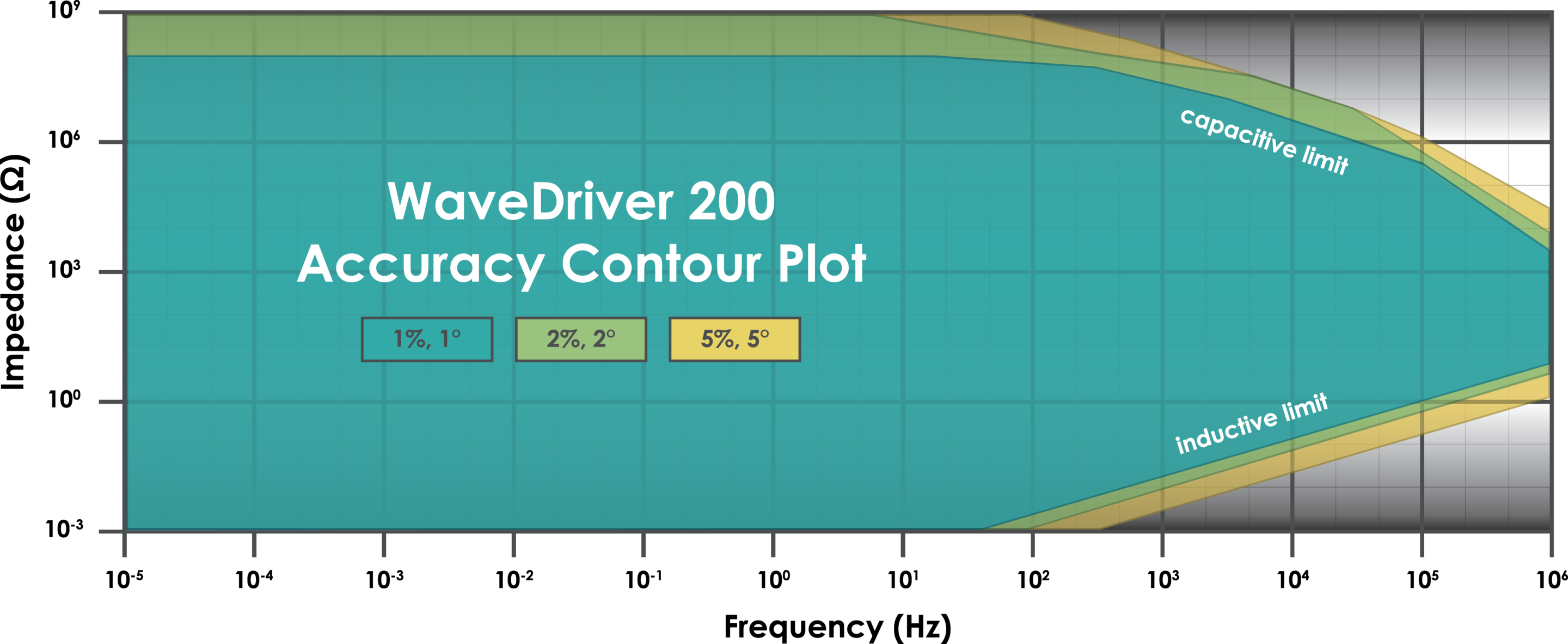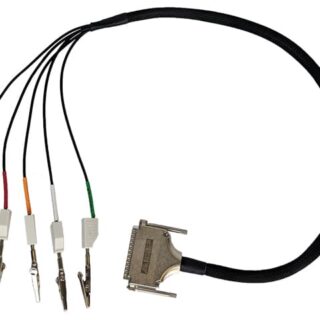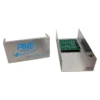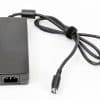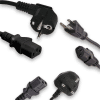WaveDriver 100 Electrochemical Workstation
This WaveDriver® 100 Electrochemical Workstation is a versatile, research-grade, performance-driven system with potentiostat, galvanostat, EIS, open-circuit potential, and zero resistance ammeter modes of operation. It is engineered to provide the essential hardware and software features you need at an affordable price. This system finds use with stationary electrodes, rotating disk (RDE), and rotating cylinder (RCE) electrodes.
Under the control of our powerful AfterMath® Blue software package, the WaveDriver 100 supports a wide range of DC electroanalytical techniques as well as AC techniques like Electrochemical Impedance Spectroscopy (EIS). It offers current ranges up to ±1 A, potential ranges up to ±15 V, advanced inputs/outputs, waveform filters, EIS up to 1 MHz, and iR compensation.
The WaveDriver 100 is a trusted companion to our popular electrode rotators, including our latest evoLUTION, the MSR evo Electrode Rotator.
This product can only be purchased in bundles. View these related bundles in the tab below.
This product consists of separately available parts. View the parts list in the tab below.
Customers must be logged into their account to view prices. Not all regions provide pricing online. If you do not see prices, you can obtain them from the designated sales channel in your region.
Every purchase of a Pine Research electrochemical workstation includes a free one-hour online training session! Contact Pine Research to inquire about this free session.
The WaveDriver 100 is a single channel electrochemical workstation with EIS, whereas the WaveDriver 200 is a two-channel bipotentiostat electrochemical workstation with EIS. The WaveDriver 40 does not have EIS, and is a two-channel bipotentiostat. Other specifications are shared among all current models of the WaveDriver Series.
This product requires a power cord to connect to AC mains. Please specify the plug style used in your region when you order this product. We stock a variety of power cords.
WaveDriver 100 Electrochemical Workstation
The WaveDriver 100 Electrochemical Workstation is engineered to provide the essential hardware and software features you need at an affordable price. It supports a wide range of DC electroanalytical techniques as well as AC techniques such as Electrochemical Impedance Spectroscopy (EIS). It offers current ranges up to ±1 A, potential ranges up to ±15 V, advanced inputs/outputs, waveform filters, EIS up to 1 MHz, and iR compensation. The WaveDriver 100 is a high performance, single-channel, EIS-capable workstation ideal for use with stationary electrodes, RDE, and RCE experiments.
AfterMath Blue - Data Acquisition, Analysis, and Organization Software
Licenses for our AfterMath® Blue software are included with the purchase of an Electrochemical Workstation. The licenses give you access to all of the AC and DC methods that the WaveDriver 100 can perform. Pine Research does not charge extra for various categories of electrochemical techniques. If the instrument is capable of a method, you have access to it (no hidden costs). Here are some unique features of AfterMath Blue:
- Instrument Control. When started, AfterMath automatically detects all compatible instrumentation attached to the computer and provides complete control over each instrument. It can simultaneously control multiple instruments and queue multiple experiments.
- Flexible Plotting. AfterMath offers a powerful "drag-n-drop" feature for quickly copying and moving traces between plots, with precise control over various plot settings.
- Scientific Units. Designed with scientific data in mind, AfterMath properly handles units, metric prefixes, and significant figures.
- Data Archiving. A unique XML-based file format allows multiple related experiments to be stored in a single archive file, simplifying file management.
- Tools and Transforms. Flexible tools allow precise measurement of quantities like peak height and area, with fundamental mathematical operations available on any trace.
Our talented team of engineers and chemists have taken a careful approach at integrating EIS into our Electrochemical Workstations. Our software engineering team has incorporated EIS equivalent circuit fitting and simulation directly into our AfterMath Blue software (no separate software required). Multiple curve fitting algorithms and options allow you to fit even the most troublesome data. Here are some of the exciting and novel EIS analysis features in AfterMath Blue:
- Integrated Curve Fitting and Analysis. Our software team has seamlessly integrated EIS curve fitting into AfterMath. Why work with more than one software application to fit your EIS data when you can do it using the very same software application that acquired the data? AfterMath EIS curve fitting utilities provide several analyses, including Circuit Fit, Circuit Simulation, Transmission Line, and Kramers-Kronig. Unlike others, our fitting software also provides several fitting methods including Modified Levenberg-Marquardt (LM), Simplex, and Powell algorithms in addition to fitting options that include dynamic point selection, unity, and parametric weighting.
- Novel Transmission Line Fitting. AfterMath provides a unique approach to model your porous electrodes. While the transmission line model is not new, AfterMath provides you with some unique transmission line fitting tools. Instead of a static circuit, where you have no control over the elements of the model, we provide a very flexible basic model, from which you can customize nearly all aspects of the model to suit your system. Give it a try - import your three- or five-column EIS data directly into AfterMath and see the difference with our transmission line fitting.
- Finishing Touches. While fitting your EIS data, why flip back and forth between Nyquist and Bode plots? Why not be able to view both plots and fits simultaneously? We heard this feedback from many customers and have designed AfterMath to provide you with both plots simultaneously during fitting. You can also draw your own equivalent circuits to fit your particular system.
Customers must be logged into their account to view prices. Not all regions provide pricing online. If you do not see prices, you can obtain them from the designated sales channel in your region.
Customers must be logged into their account to view prices. Not all regions provide pricing online. If you do not see prices, you can obtain them from the designated sales channel in your region.
Customers must be logged into their account to view prices. Not all regions provide pricing online. If you do not see prices, you can obtain them from the designated sales channel in your region.
Customers must be logged into their account to view prices. Not all regions provide pricing online. If you do not see prices, you can obtain them from the designated sales channel in your region.
- Hettick, M.; Ho, E.; Poole, A.J.; Monge, M.; Papageorgiou, D.; Takahashi, K.; LaMarca, M.; Trietsch, D.; Reed, K.; Murphy, M.; Rider, S.; Gelman, K.R.; Byun, Y.W.; Miller, J.S.; Hanson, T.; Tolosa, V.; Lee, S.; Bhatia, S.; Konrad, P.E.; Mager, M.; Mermel, C.H.; Rapoport, B.I. Minimally invasive implantation of scalable high-density cortical microelectrode arrays for multimodal neural decoding and stimulation. Nature Biomedical Engineering 2025, 1-16.
- Soni, C.B.; Barik, S.K.; Vineeth, S.K.; Yadav, B.; Chandra, M.; Sungjemmenla, .; C, S.; Kumar, H.; Kumar, V. Sodium metal anodes with multiphasic interphases for room temperature sodium–sulfur pouch cells. J. Mater. Chem. A 2025, 13, 6813-6825.
- Singh, A.D.; Cyril, A.A.; Varshney, G.; Dey, A.; Sengupta, S. Electrodeposited multiphase Sb, SbSn, Cu2Sb composite with superior chemical buffering as negative electrode for lithium-ion batteries: Effect of composition on lithiation behavior of Sb-Sn-Cu alloys. J. Alloys Compd. 2024, 1005, 176174.
- Nachaki, E.O.; Kuroda, D.G. Transitioning from Regular Electrolytes to Solvate Ionic Liquids to High-Concentration Electrolytes: Changes in Transport Properties and Ionic Speciation. The Journal of Physical Chemistry C 2024, 128, 11522-11533.
- Jeong, S.; Branco, A.J.; Bollen, S.W.; Sullivan, C.S.; Ross, M.B. Universal pH electrocatalytic hydrogen evolution with Au-based high entropy alloys. Nanoscale 2024, 16, 11530-11537.
- Senadheera, D.I.; Carrillo-Bohorquez, O.; Nachaki, E.O.; Jorn, R.; Kuroda, D.G.; Kumar, R. Probing the Electrode–Electrolyte Interface of Sodium/Glyme-Based Battery Electrolytes. The Journal of Physical Chemistry C 2024, 128, 5798-5808.
- Malone, N.; Fiedler, H.; Mitchell, D.R.G.; Kennedy, J.V.; Waterhouse, G.; Gupta, P. Grain Boundary-Rich Tungsten Carbide Nanoparticle Films Exhibit High Intrinsic Activity Toward Hydrogen Evolution. ACS Appl. Nano Mater. 2024, 7, 4843-4852.
- Zhou, Y.; Chu, B.; Sun, Z.; Dong, L.; Wang, F.; Li, B.; Fan, M.; Chen, Z. Surface reconstruction and charge distribution enabling Ni/W5N4 Mott-Schottky heterojunction bifunctional electrocatalyst for efficient urea-assisted water electrolysis at a large current density. Applied Catalysis B: Environmental 2023, 323, 122168.
- Chu, X.; Sathish, C.I.; Li, M.; Yang, J.; Li, W.; Qi, D.; Chu, D.; Vinu, A.; Yi, J. Anti-Stoke effect induced enhanced photocatalytic hydrogen production. Battery Energy 2023, 2, 20220041.
- Uwadiunor, E.; Johnson, D.; Hansen, K.; Djire, A. Controlling the Surface Reactivity of Hybrid Ti3CN MXene via In-situ Electrocatalysis. ChemCatChem 2022, 14, e202200702.
- Ren, Q.; Hou, C.; Yu, J.; Madatta, I.J.; Lin, Y.; Jian, Z.; Ding, J. Kinetics-Boosted Bimetallic Organic Complexes Modified BiVO4 Photoanodes for Photoelectrochemical Water Oxidation. SSRN 2022.
- Moshari, M.; Koirala, D.; Allen, P.B. Facile Fabrication of DNA Biosensors Based on Oxidized Carbon Black and Graphite Oxide. Proceedings 2019, 41, 70.
Related Products and Accessories
-
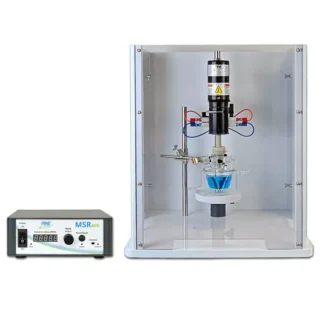
MSR evo Electrode Rotator
AFMSR24B1 -
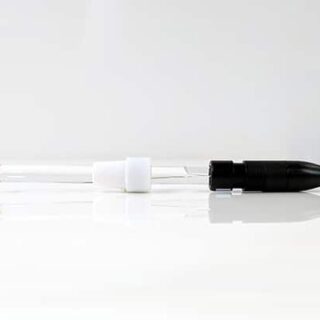
Reference Electrode, Silver/Silver Chloride, Single Junction
RREF0021 -
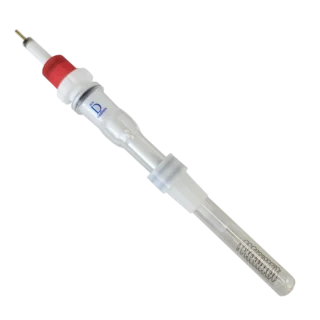
Counter Electrode Assembly, Platinum (Pt), 14/20
AFCTR5 -
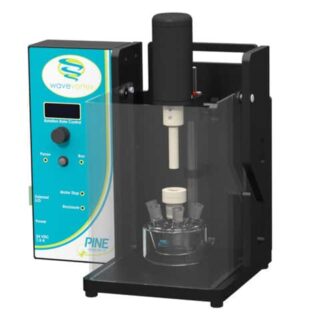
WaveVortex 10 Electrode Rotator
AF01WV10 -
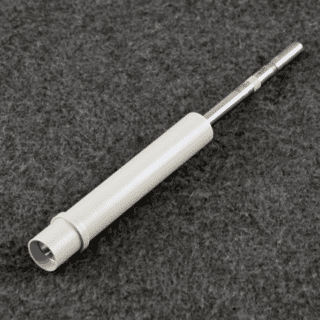
Precision RDE/RRDE Shaft for E5, E5TQ, E6, E7, and E8 Series Tips
AFE6MB -
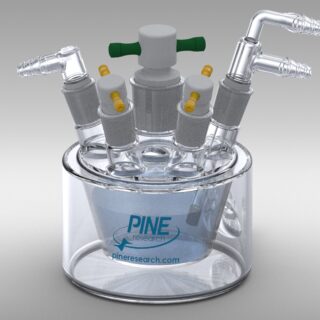
Rotating Disk/Ring-Disk Cell Kit, Standard Volume, Water Jacket
AKCELL3 -
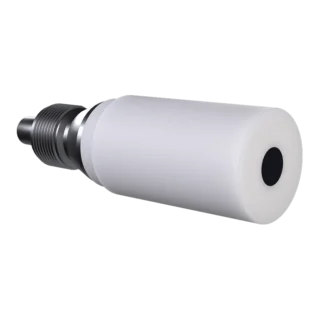
E5 Series Rotating Disk Electrode, Glassy Carbon (GC), PTFE shroud
AFE5T050GC

